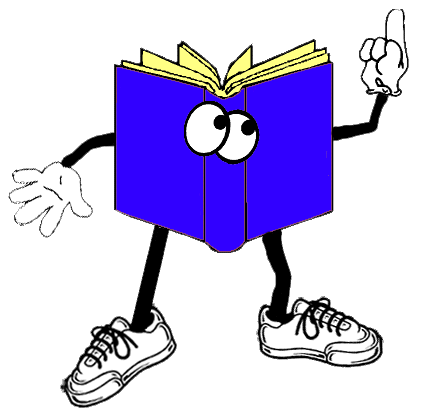One of these challenges is to revisit and address the need to make those important links between sounds we can identify and know in words.We need to remind our learners that are moving on to apply the strategies we have practised as games in our learning of the phonics of the language as they reapply this knowledge independently in new word(and truthfully also in familiar words that we may not have seen for a while).In truth the strategy below will be very familiar to primary KS1 class teachers.
As I write this, I am thinking of all our learners not just the children that quickly pick up and understand the language as in my opinion we are trying to help as many young learners as possible learn the "tricks of our trade". In my opinion we need to make the stepping stone strategies explicit and give the children key prompts to be successful. Hence the challenge for the associate teachers after Christmas of holding "Look!Think!Link! "moments with our young learners in KS2.
We are going to plan for and apply our "Look!Think!Link!" moments from the start of next term. I think this will become a prompt or a pause to say stop and think before you read out loud for the children.
- What can you see written down?
- How many words?
- Which words have you seen before?
- Can you break the words down in to letter groups that you know how to pronounce?
- Can you think of a word you are confident in saying which contains the letter string you are not certain about? (Say this word silently in your head and listen for the sound pattern you need for the word(s) you can see in front of you)
- Can you transfer the sound to the new word(s) and rehearse the word as a silent word in your head
- Now can you read it out loud clearly and more confidently?












